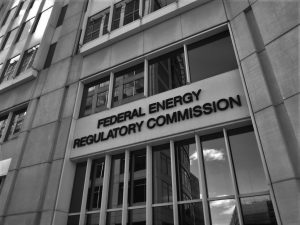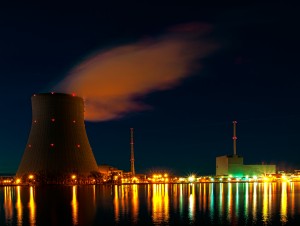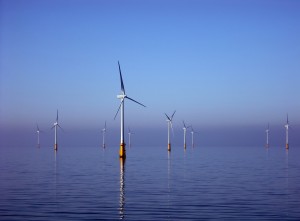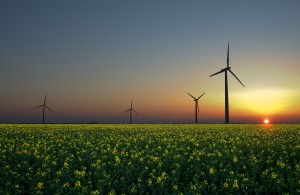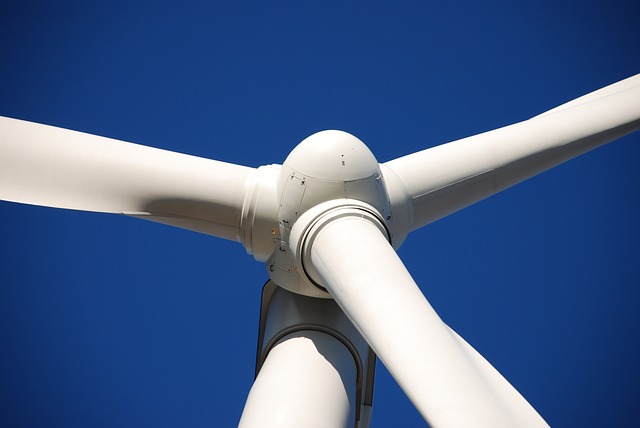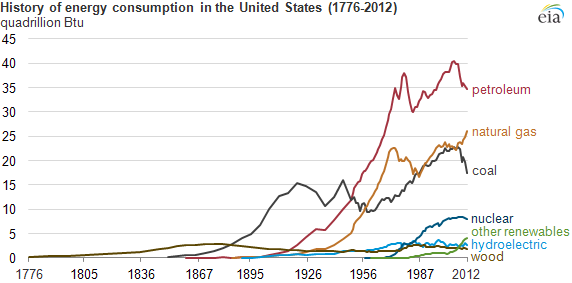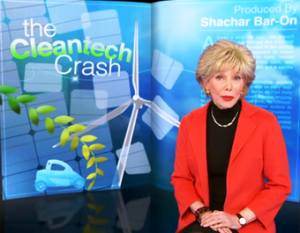18 item(s) were returned.
United States Senator, State of Alaska
Chairman, Senate Energy and Natural Resources Committee
Preface from OurEnergyPolicy In the time since our November 2019 critical minerals discussion, COVID-19 has decimated global supply chains. Factory shutdowns in China, which accounts for 40–50% of the global wind power supply chain, have caused supply shortages of wind turbine components and massive financial losses, threatening current U.S. projects. China’s outsized market share is also affecting the solar market, although some analysts say a U.S. tariff on imported solar panels may have blunted the impact. “If coronavirus has shown us anything, it’s that we are far too reliant on China and other countries for key minerals like… [more]
View InsightCofounder
Spark Library
In late September, the Department of Energy (DOE) issued a Notice of Proposed Rulemaking (NOPR) for consideration by the Federal Energy Regulatory Commission (FERC). Using §403, a little-used provision in the DOE Organization Act of 1977, Secretary Perry proposed that FERC, an independent agency, exercise its authority to establish just and reasonable rates for wholesale electricity sales in the name of grid resiliency. Specifically, the NOPR requires ISO’s and RTO’s create special cost of service compensation for certain types of generation that DOE alleges are essential to protecting grid reliability and resiliency. Facilities would be eligible for this special, non-market… [more]
View InsightJ.C. Ward Jr. Professor of Nuclear Energy Engineering
Cornell University
“Sustainable future” advocates seem to believe that solar, wind and hydro-electricity will eventually make up close to 100% of our energy generation, but there are benefits to having “central station” power plants in addition to distributed power generation. If the goal is to reduce greenhouse gas (GHG) emissions while assuring the health of our economy, the most viable way of generating central station power at present is nuclear fission. Central station power complements distributive power generation in two important ways. Central station power plants are better able produce power on a small area relatively close to where the energy will… [more]
View InsightAccording to The Department of Energy (DOE), the United States has 4,000 GW of offshore wind energy potential, with the strongest winds located off the North Eastern Atlantic Outer Continental Shelf (OCS). There are currently no operational offshore wind farms in the country, but the Bureau of Ocean Energy Management (BOEM) has identified 18 states which are involved in early stage offshore wind projects. High profile offshore projects like Cape Wind have faced stiff opposition over the last decade and the first project to begin construction, Block Island, has only recently done so. Utilities and regulators have raised concerns about… [more]
View InsightPrincipal
NorthBridge Energy Partners, LLC
The EPA’s proposed Clean Power Plan, meant to reduce carbon by 30% by 2030, is expected to be accomplished through a combination of improving existing power plants, switching to cleaner generation, boosting renewables, and improving energy efficiency. It is more than likely that the global economy’s ability to innovate and drive economies of scale will significantly ease this transition, providing as yet unknown but superior alternatives. Consider this: the wind and solar industries barely existed five years ago. Today, costs of wind have fallen by 58% in the last five years, and the price of installed solar has plummeted by… [more]
View InsightChief Strategy Officer and SVP for Policy
American Council On Renewable Energy (ACORE)
In lieu of consistent energy policy at the federal level, businesses and power providers are increasingly looking to state legislatures for the right signals to invest in energy. The result? States are stepping up, leading to an increase in renewable energy use, particularly by some of America’s largest companies. A quick scroll through the weekly headlines reminds us that the demand for investing in renewables today is strong – and getting stronger. Google, Walmart, GM, Lockheed Martin, Amazon and Apple all have recently shifted millions in private funding into the clean energy sector. These moves are motivated by increased revenue… [more]
View InsightPresident
RENEWPR
The American wind energy industry has grown in spite of the “boom and bust” cycle of wind energy development fostered by the renewal-expiration-renewal cycle of the wind production tax credit (PTC). The PTC is one of the primary tools used to spur wind energy development and expired at the end of 2013. The result was a 92% drop in 2013 installations, compared to 2012. Extension of the PTC will likely be the subject of debate about so-called tax extenders during the upcoming “lame duck” session of Congress as the wind industry seeks an extension of the PTC through 2015. The… [more]
View InsightUniversity Distinguished Professor
Michigan State University, Dept. of Chemical Engineering
It is clear that the Age of Oil is winding down. Worldwide, the rate of discovery of new oil reserves peaked in the 1960s and in the US our peak rate of oil discovery occurred in the early 1930s. In recent years the world has used about three barrels of oil for every barrel of new oil reserves discovered. Thus we are living largely on past oil discoveries. There is still a lot of oil in the world, and we will still be using a lot of oil decades from now. But it will be increasingly expensive both economically and… [more]
View InsightSenior Tax Counsel
United States Senate Committee on Finance
As part of his efforts to comprehensively reform the tax code, Senate Finance Committee Chairman Max Baucus (D-MT) released a staff discussion draft on December 18, 2013 that proposed a dramatically simpler set of energy tax incentives that are technology-neutral, more predictable, and promote cleaner energy that is made in the United States. Policymakers have included tax breaks for energy in the tax code for nearly one hundred years. These incentives were created with good intentions to create jobs, promote energy security, and help reduce air pollution and environmental damage. But over the years, the number of provisions has ballooned… [more]
View InsightA recent “60 Minutes” segment essentially called the cleantech industry a failure, eliciting a flurry of criticisms defending the green technology sector. “Hoping to create innovation and jobs, [President Obama] committed north of $100 billion in loans, grants and tax breaks to cleantech. But instead of breakthroughs, the sector suffered a string of expensive tax-funded flops. Suddenly cleantech was a dirty word,” said “60 Minutes’” host, Lesley Stahl. One of the main criticisms against the CBS segment was that it conflated the cleantech venture capital sector of Silicon Valley with the Department of Energy’s loan guarantee program. The critics have… [more]
View Insight
